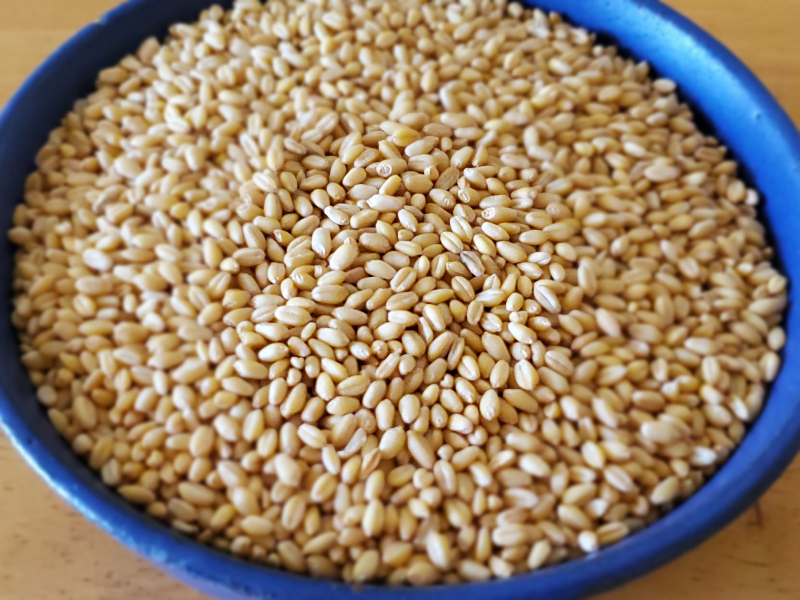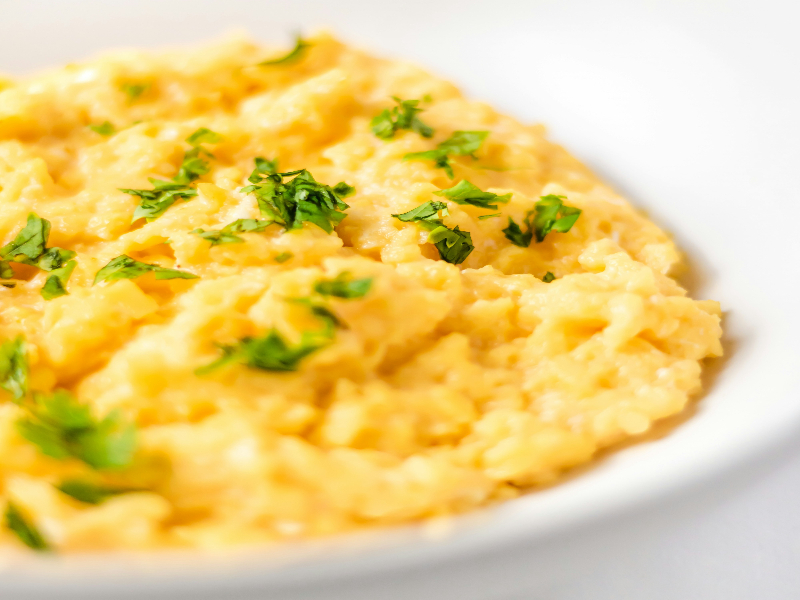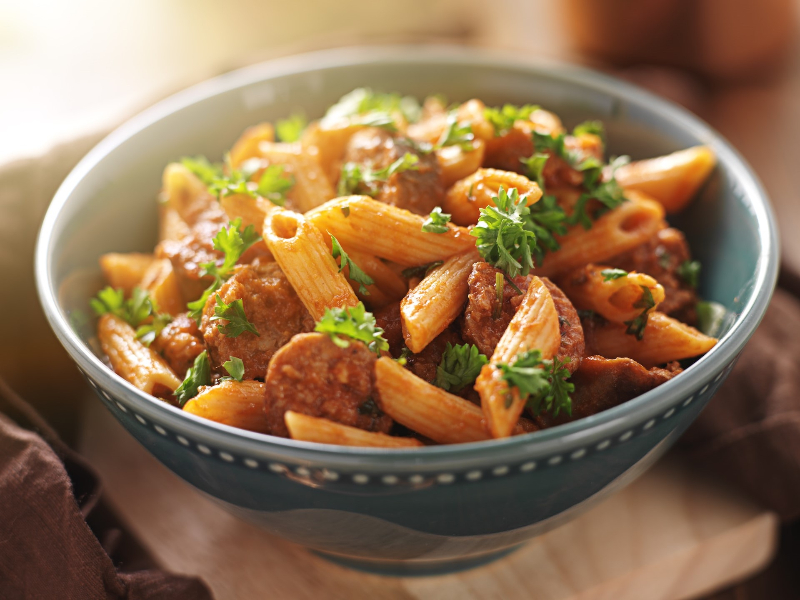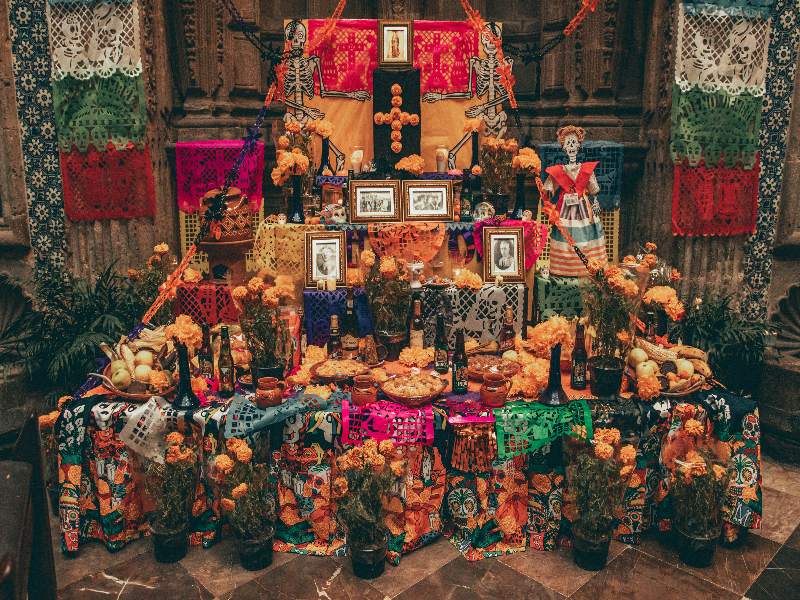
White Sonora Wheat Berries
The sun is shining, the sky that perfect Tucson blue. Walking through the dirt and stone parking lot, I think about others who walked this land thousands of years ago, growing what’s on my shopping list: White Sonora wheat berries.
As the only customer at the San Xavier Co-op Farm store on the Tohono O’odham Nation’s San Xavier Indian Reservation (Wa:k in Oodham), there was time for conversation. “You called this morning asking if we had these, right?” she asks. Yes, that was me.
She’s curious how they’ll be used and after sharing, our banter effortlessly revolves around food and recipes. I tell her next on my list are tepary beans. “Oh,” she says with a wave of her hand, “Head over to the gift shop in the plaza in front of the church, they have them.”
It’s a different scene just around the bend at the church, better known as Mission San Xavier del Bac. That part of the rez is buzzing with visitors. I grab a bag of beans and join the line to pay. Two women in front of me marvel at the weather; laughing while discussing it’s snowing in Chicago and they’re wearing shorts (and no jackets or sweaters). It’s 63° – I’m wearing a sweater and thinking it’s chilly.
“So, whadda ya making?” the teenage cashier inquires. I’m in luck – another foodie. I let him know they’re part of a three sisters and a grandmother dish (beans, corn, zucchini and nopalitos). “Cool,” he replies.
My ingredients list for the private class cookbook author Carolyn Niethammer is teaching is long, but so is the day, and I feel the need to head towards the church.
Have I walked in the same spots as Father Kino? Maybe. I believe my footprints are where O’odham, who’ve been farming White Sonora since the 17th century, strode. That’s kind of amazing.
The mission, one of the must visit places in Tucson, was founded in 1692 by Padre Eusebio Francisco Kino, bringing the Old World to the New World to this northern Sonoran Desert region he called the “Pimería Alta,” land of the Northern Piman (O’odham) Indians.
It’s believed Padre Kino introduced wheat for making communion wafers, eventually resulting in large-scale production for much more – notably tortillas. Chickens, cattle, lentils, barley, onions, garlic, melons, chickpeas, and various kinds of fruit trees also came with him.
Wheat is thought to have been domesticated around 6500-7500 B.C. in the Tigris and Euphrates River valleys of Iran and Iraq. Explorers brought it to China and Europe.
White Sonora has heirloom status as one of the oldest surviving varieties in North America. Early 16th century Spanish explorers like Captain Fernando Alarcón, who in the 1540s, while looking for water routes for Coronado’s travels, distributed seeds, including wheat, to Yuman-speaking groups along the Colorado and Gila Rivers.
It’s soft and round with pale red grains growing on beardless heads. When planted in spring, it’s 90 days to maturity, but also performs well as a winter wheat since freezing temperatures aren’t the norm here, and it’s a good compliment to traditional summer monsoon crops.
The glutinous flour makes a stretchable dough and is among the most disease, drought tolerant and rust (a plant fungus) resistant varieties in the New World; maturing with no irrigation in areas where there’s early, light rainfall and hot, dry climates.
With high demand in the late 1700’s, 700,000 pounds were produced annually; White Sonora was thriving, helping make Arizona’s Gila and Salt River Valley and California’s Central Valley the breadbaskets of the west. Flour mills sprung up along the region’s rivers. Most of it was shipped out of the area, creating a cash crop economy. During the Civil War, western wheat flour kept troops and people on both sides fed.
By the 1900s, as mechanized agriculture became widespread, many locals lost their jobs. The damming of the Gila River, created to provide increased irrigation for cotton and wheat crops, impacted indigenous communities as their crops suffered dramatic losses since they were typically grown with seasonal river runoffs instead of irrigation. White Sonora fell victim to varieties growing well with irrigation becoming more popular. By 1975, White Sonora was commercially unavailable.
Next time you enjoy a flour tortilla, it’s thanks to Father Kino, Tucson’s Native Seeds SEARCH, BKW Farms in Marana and the countless local farmers, bakers, tortilla makers, and brewers working together to revive the cultivation, milling, and to the culinary professionals using White Sonora here in the Santa Cruz River Valley.
Classes
Join Tucson culinary icon Chef Carlotta Flores, Charro Steak & Del Rey and Flores Concepts Corporate Executive Chef/Partner Gary Hickey, and husband-and-wife sommeliers Dale and Stephen Ott, for a deliciously fun evening on April 10, for A Taste of Mexico: Wines & Cheeses. Enjoy two whites, two reds and eight Mexican cheeses part of Chef Gary’s charcuterie boards.
On April 12, beekeeper and sommelier Noel Patterson returns for the always popular What’s the Buzz – Honey Tasting. Like wine, cheese and chocolate, honey has joined the ranks as an artisanal obsession. You’ll explore and learn how flowers and terroir affect its characteristics. Noel will empower you to trust your senses and be less analytical in your approach to flavors. You’ll also learn the flora and exact Southern Arizona and world origin locations.
The April 23 Cooking with the Wildcats – Food & Football with Coach Ricky & LaMonte Hunley is sold out.
Korean fried chicken sandwiches are on the April 27 menu with Nook Executive Chef Gabriella Alba. Details coming.
Because every mother deserves the best, we’ve created a unique Mother’s Day Afternoon Tea to indulge, spoil, pamper, and show your mom just how much you love and appreciate her. If your kids don’t live here or your mom is gone, gather your friends, get dressed up, put on a hat and join us. The 1884 Savoy Opera House is the setting, along with live classical guitar music, and three yummy courses of finger sandwiches, scones and sweets.
On May 23, it’s Italian Wines and Small Bites Tasting with Chef Devon Sanner at his restaurant, Zio Peppe. Stay tuned for the details.
Wishing you joy in the kitchen,
Michele
Sonoran Wheat Berry Salad
Recipe courtesy of Carolyn Niethammer
Yield: 13 servings
7 cups cooked Sonoran white wheat berries
⅔ cup chopped dates (about 10)
⅔ cup golden raisins
1 cup (one large) apple, chopped
1 carrot, shredded
⅓ cup sunflower seeds
- Combine all ingredients in a large bowl, stirring to combine.
2. Pour dressing over salad, then stir to evenly coat ingredients.
Dressing
½ cup olive oil
1 tablespoon agave syrup
2 teaspoons mustard
¼ cup fruit vinegar
- Pour oil into a liquid measuring cup then stir in agave syrup and mustard. Dribble vinegar in while whisking vigorously with a fork to emulsify. Pour over salad.





